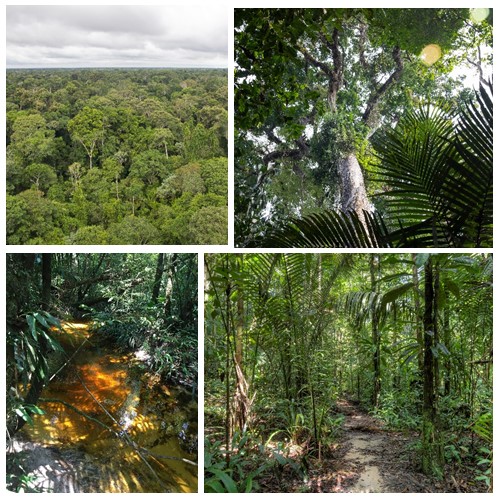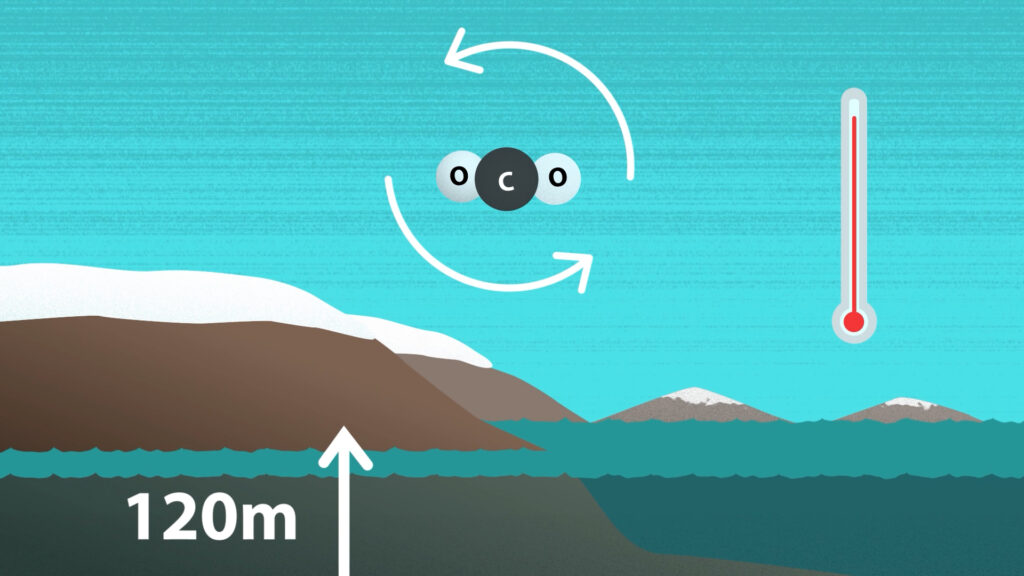Amazon forests are important for global climate and biodiversity. However, major uncertainties remain about how they will respond to future climate, limiting our ability to make accurate projections and set conservation priorities. A critical but neglected area is the effect of soil water availability on forest drought responses. Research has focused on deep water table […]
Read More
Anthropogenic disturbance, coupled with climate change, is a leading cause of biodiversity loss. In Ecuador, approximately 97% of the Chocó biodiversity hotspot is now deforested, underscoring the need to understand and predict species’ responses to Anthropogenic change. This project will interrogate behavioural and microbial responses in the diablito poison frog, Oophaga sylvatica as a test […]
Read More
Palm oil is the most widely consumed vegetable oil on Earth and expanding oil palm (Elaies guineensis) plantations are a major contributor to the global biodiversity crisis. When tropical forests are converted into oil palm plantations, the removal of aboveground vegetation reduces structural complexity and ecosystem function. As plantations mature their canopies close and they […]
Read More
The Tibetan Plateau, commonly known as the “the roof of the world”, supplies freshwater for nearly two billion people. Water storage is crucial in determining hydrologic transport and water availability but is highly sensitive to climate change. Water storage change is a critical indicator of vulnerability of the “Asian Water Tower”. Despite its importance, the […]
Read More
Most tropical reef-building corals are mixotrophic, acquiring autotrophic nutrition from their photosynthetic algal endosymbionts and heterotrophic nutrition via predation of plankton. This flexible trophic strategy is thought to underpin their ability to colonise a range of depths, habitats and oceanographic contexts that vary in energetic resource availability. Laboratory experiments suggest coral heterotrophy might explain the […]
Read More
Oceanographic features (e.g. fronts, gyres and eddies) are known to aggregate pelagic forage fish and thereby shape the space use of marine predators. These features are dynamic and changes in their characteristics (e.g. strength, persistence, position) has consequences for prey availability. Less well known is how variation in oceanographic conditions influence the fine-scale foraging behaviours […]
Read More
Human activities are placing incredible pressure on the natural world and impacting population sizes of wild organisms, but the consequences of severe population decline in the wild is poorly understood. Survival of species experiencing such declines may be hampered by a limited ability to adapt to changing environments, reduced fertility and greater susceptibility to disease […]
Read More
Earlier this year I had the wonderful opportunity to do a 3-month UKRI Policy Internship at Senedd Research. The bursary provided by UKRI meant I was able to relocate to Cardiff for the duration of the placement, meaning I could work in the office, meet my colleagues face-to-face and attend First Ministers Questions and a […]
Read More










